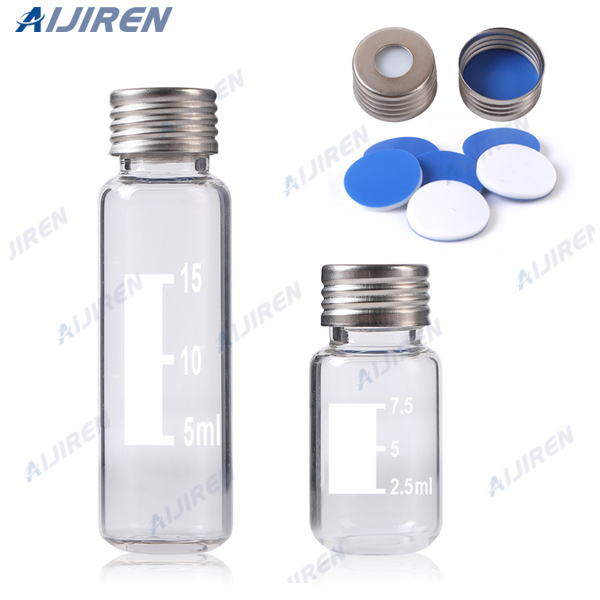
Quality vials are essential for reliable analytical results. All Waters Certified Vials are tested by LC or LC/MS to assure quality and cleanliness. The test results confirm the vials, cap and septa have been properly manufactured, handled and packaged, and are free from any potential contaminants which could result in chromatographic ghost peaks.
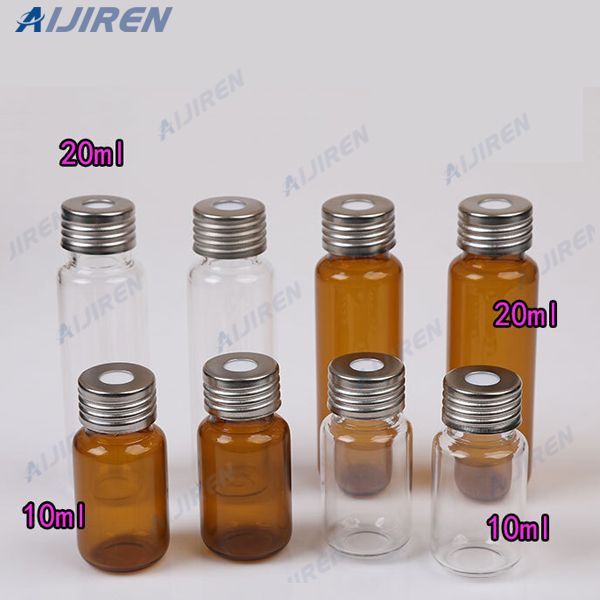
The extracts were directly collected into Flip-Flop vials and evaporated on the Rocket Evaporator using the preprogrammed Low Boiling Point Method until nearly dry. The leftover was reconstituted with 1 mL of the RTW or RTW1 solution according to the type of analysis requested and injected in the GC. The GC conditions are summarized in Table 2.
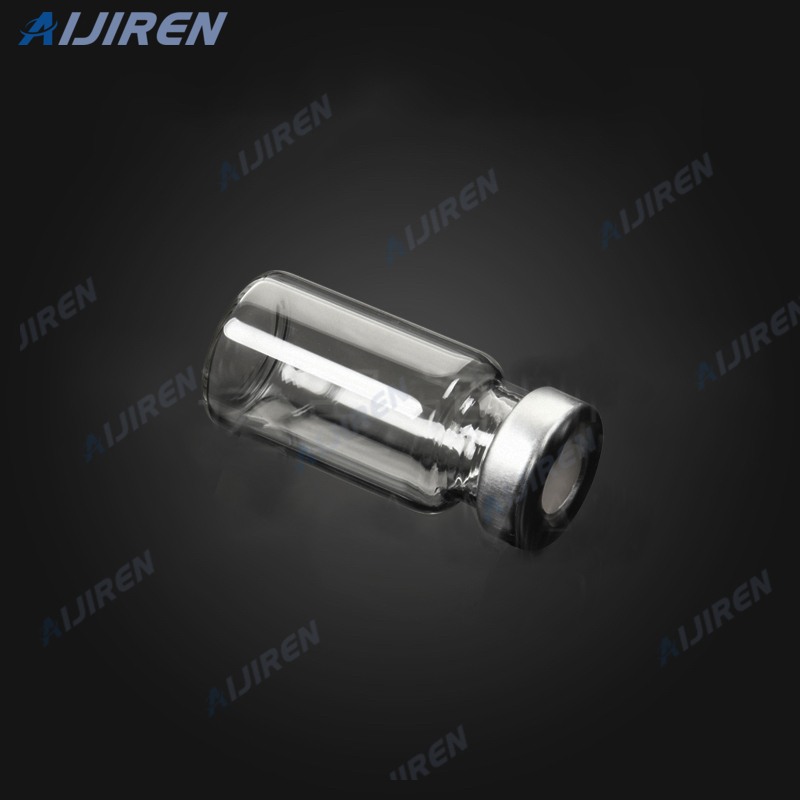
5. Serum vial - 10 mL, crimp top with Teflon cap liner. 6. Volumetric flasks - class A with ground-glass stoppers: 5, 10, 25, and 50 mL volumes. 7. Vials - 2 mL for GC autosampler. 8. VOA vial - 40 mL, screw cap with Teflon cap liner. 9. Gas Chromatography/Mass Spectrometer (GC/MS) A GC/MS system which meets the following specifications will be
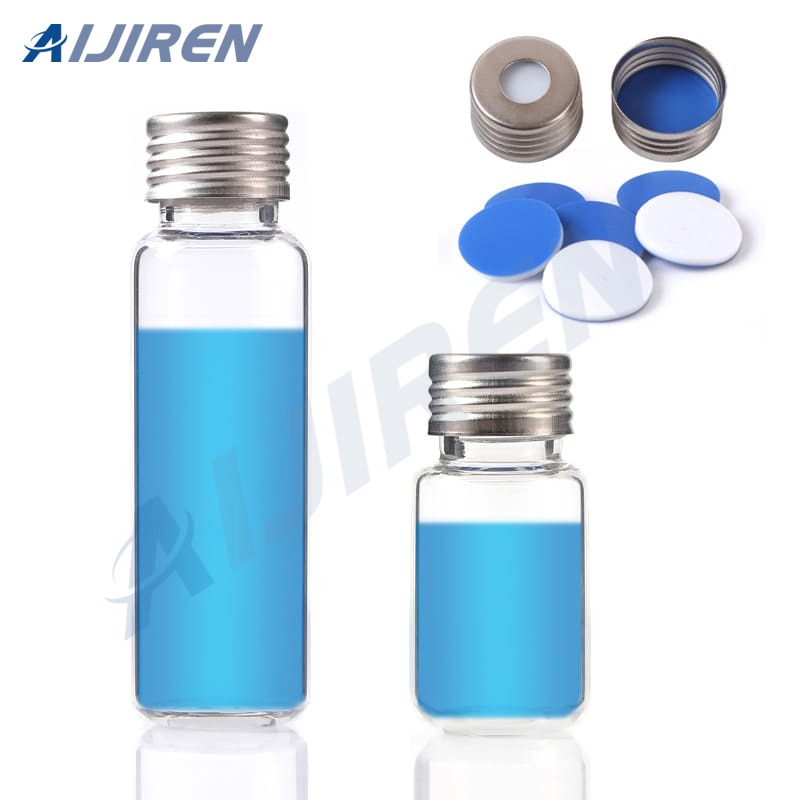
Weigh out 2.0 g of the brain matrix control into 20 mL headspace vials and aliquot the entire batch. Label the vials. The brain matrix control is stored frozen until removed for analysis. The brain matrix control is validated using at least 6 aliquots (see tissue procedure) on a headspace instrument.
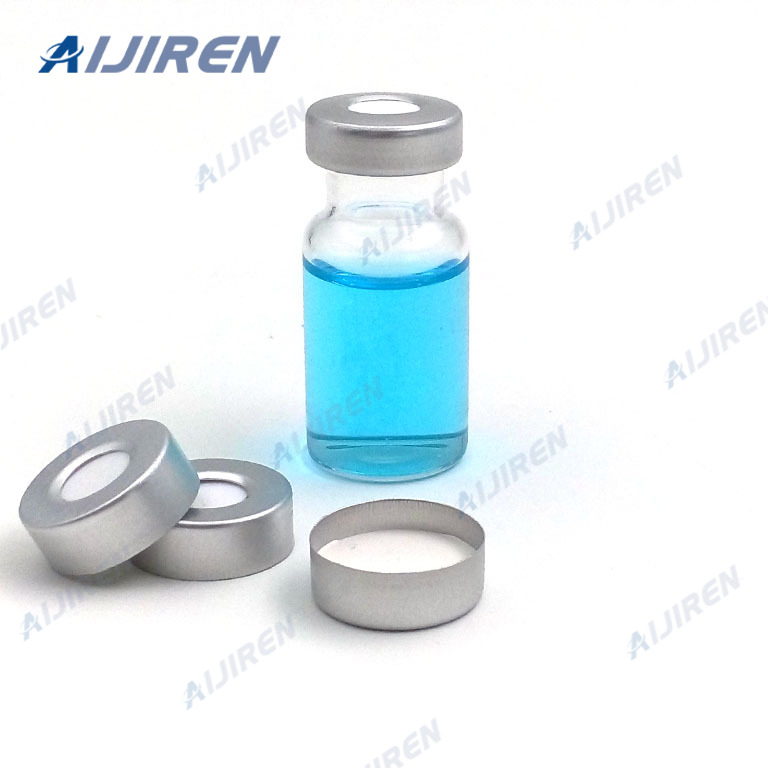
products waste container in the satellite hazardous waste accumulation area once analysis under Method 310 is complete. (SOP SAS14) 8 Equipment, Supplies, and Chemicals NOTE: Section 10 details the chemicals used for hydrocarbon analysis . 8.1 Gas Chromatograph (GC) configured with a Flame Ionization Detector (FID) and autosampler (Section 9)
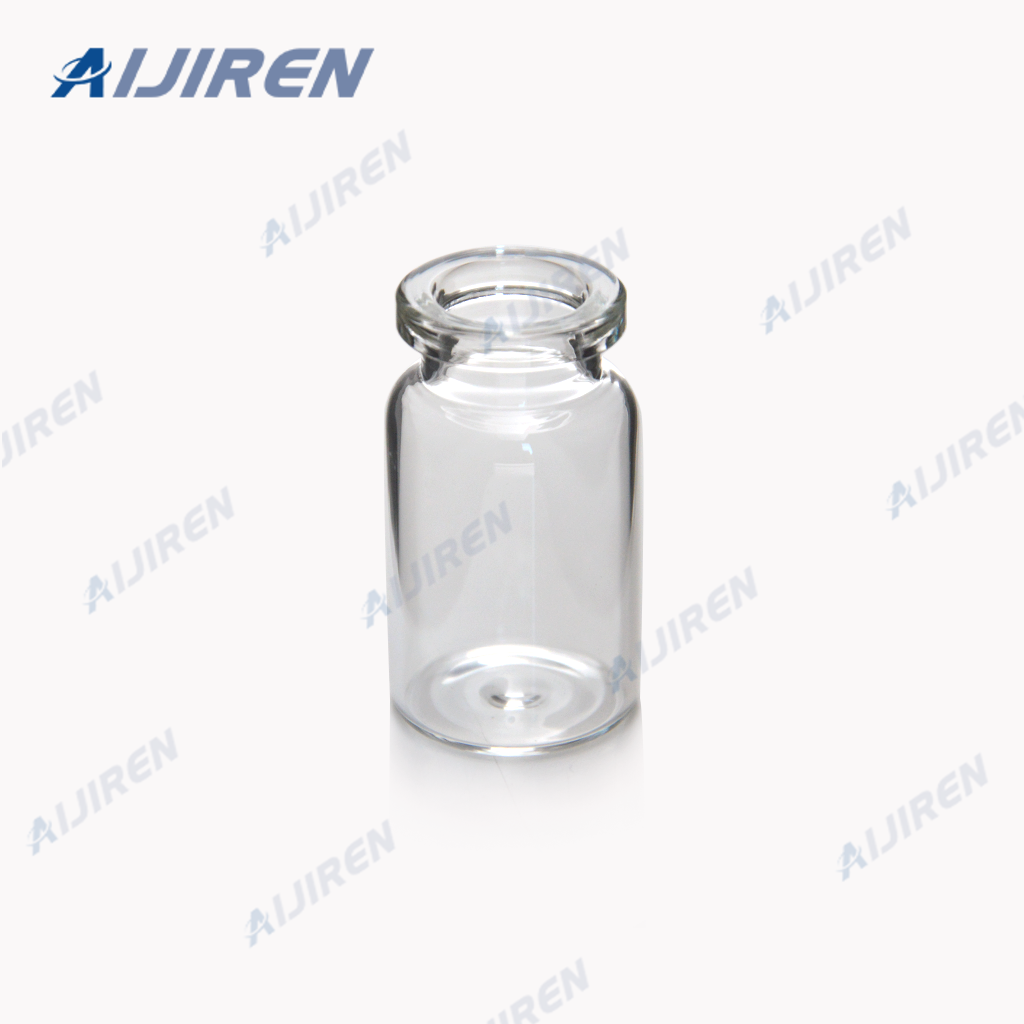
into a gas chromatograph, there will far less of the less-volatile material entering the GC column making the chromatography Figure 1. Chromatogram from direct injection of a perfume sample. Figure 3. Chromatography of a perfume sample with headspace sampling. Figure 2. Movement of perfume molecules within a sealed and heated vial.
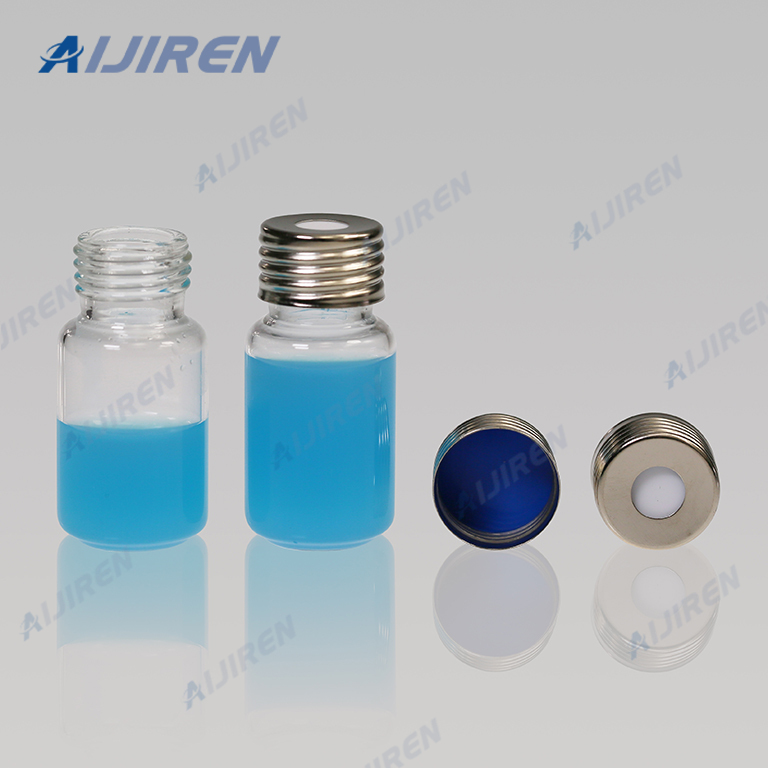
Jul 28, 2016 · preparation, analysis, and quantification of major terpenes present in Hemp material. 2.0 THEORY AND PRINCIPLES 2.1 This is a GC FID or GC-MS method applicable to the determination of terpenes in different matrices of hemp/cannabis material using a Gas Chromatograph utilizing a Flame Ionization Detector or Mass Spectrum Detector.
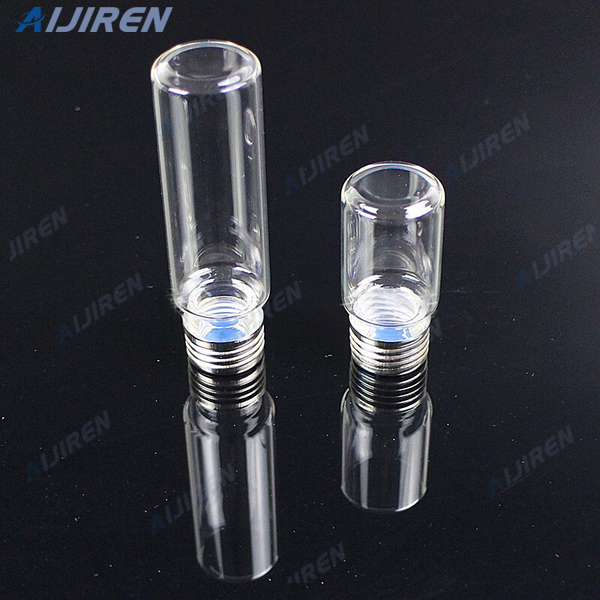
(2) Wiśniewska P., Śliwińska M., Dymerski T., Wardencki W., J. Namieśnik, Application of gas chromatography to the analysis of spirit-based alcoholic beverages, Critical Reviews in Analytical
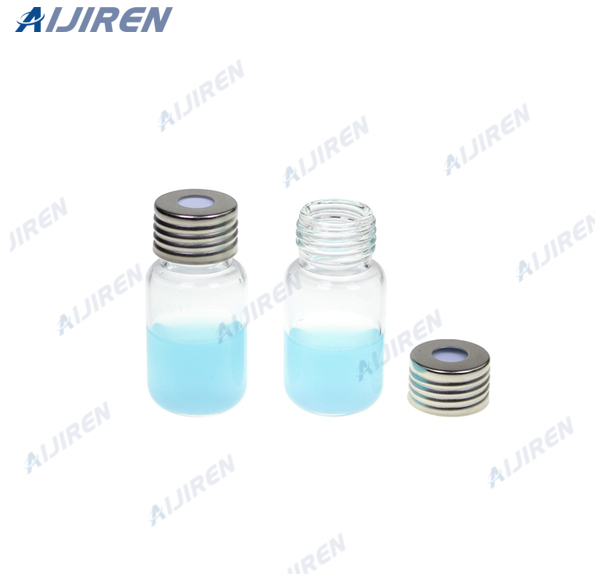
For SPME of the target analytes, 10 g of finely grated cheese was introduced into a 20-mL vial. Pre-incubation of the sampling vial was carried out for 1 h at 45°C. A DVB/CAR/PDMS 50/30-μm fibre (2 cm long) was inserted and exposed to the cheese headspace for 1 h. The volatile compounds were desorbed into the GC injector for 10 min at 260°C.
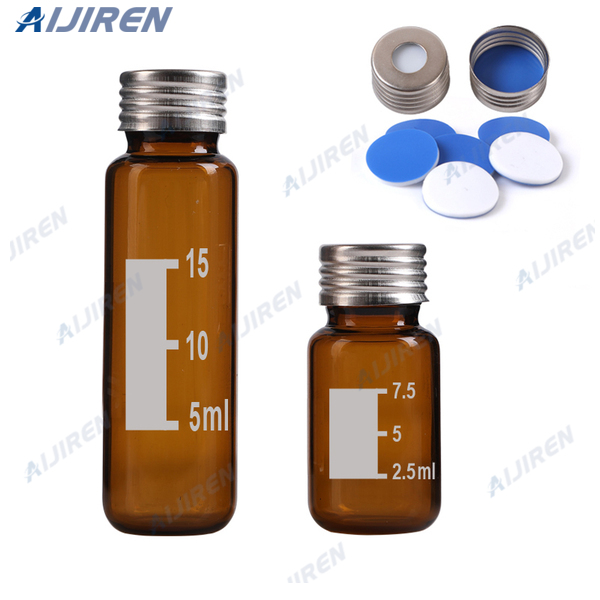
Sample extracts should be stored in sealed glass vials and in the dark at <6°C when not in use. Septa on autosampler vials containing sample extracts should be replaced as soon as possible after puncture, and the vials returned promptly to dark <6°C storage. 5.2. Holding Times
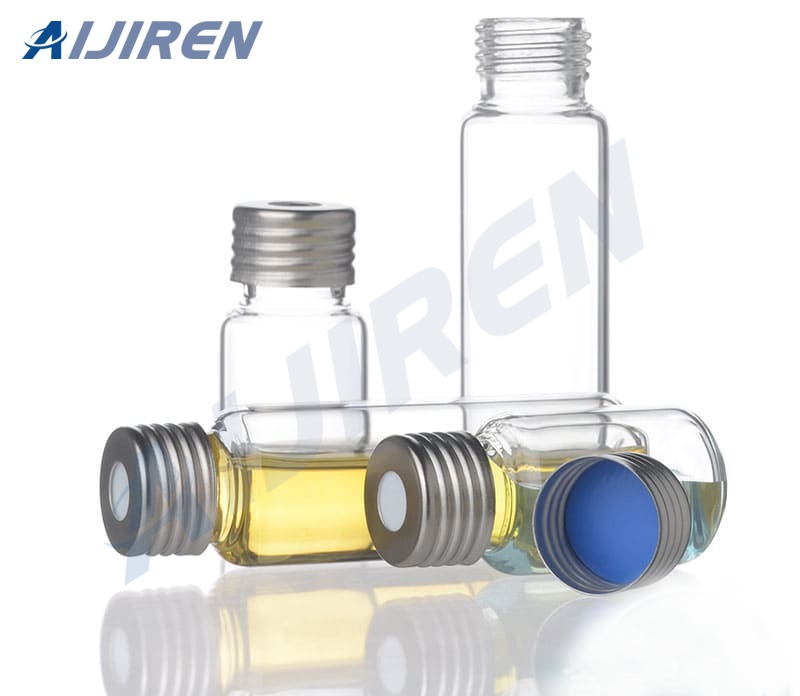
3. Label vial Primary Standard. 4. Add 1 mL DMSO, accurately weighed, to a 2 mL GC autosampler vial. Screw cap onto vial. 5. Add 20 µl of the Primary Standard, accurately weighed, to the vial in step 4. Label the vial Secondary Standard. 6. Add 10 mL DMSO, accurately weighed, to a 22 mL headspace vial. Seal the Teflon-lined

**Routine vials & closures: Vials & closures that balance quality and cost for standard, routine applications ***Inert vials: Ultra-high quality for ultra-low adsorption and ultra-low pH shift Need to find GC columns or accessories?
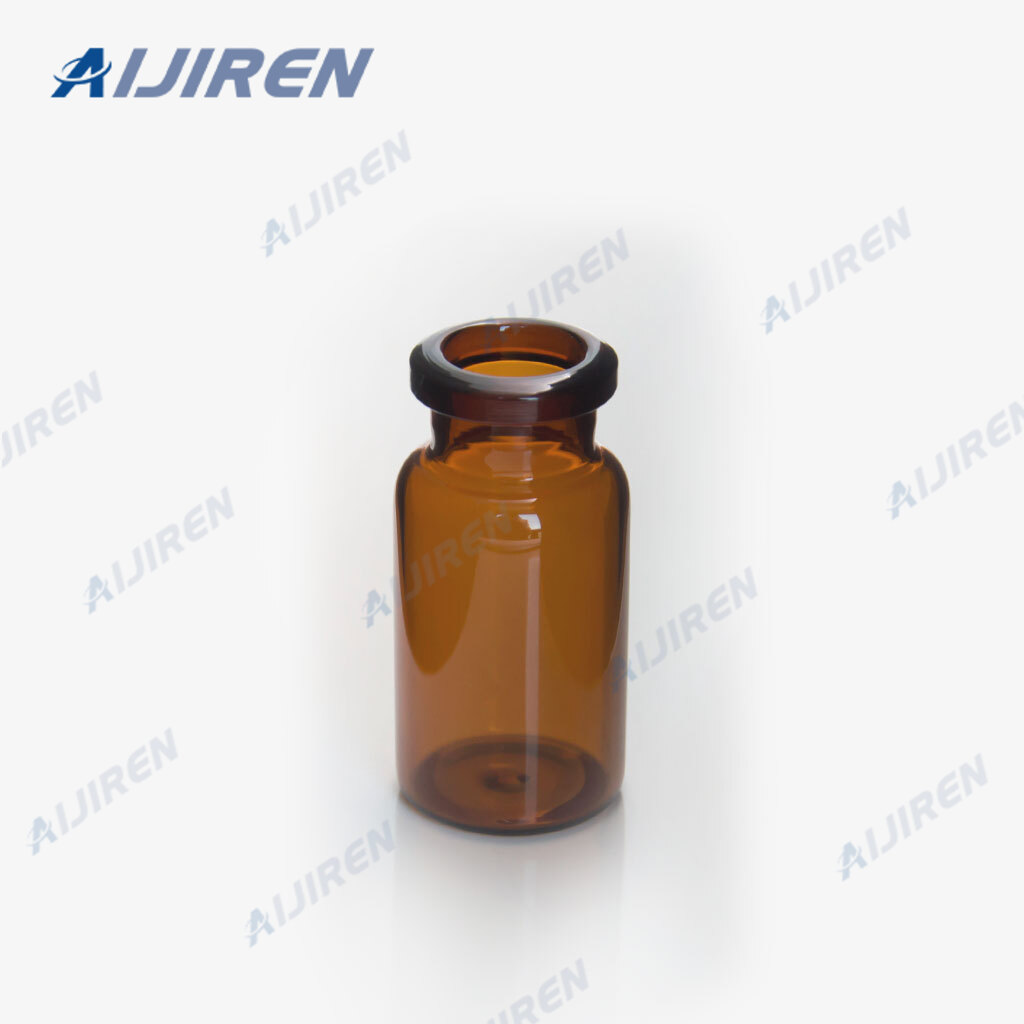
Browse Sigma-Aldrich's Search by Size and Dimension to find products in 0.2 - 0.3 mL, 6 x 32 mm, 0.6 - 0.7 mL, 7 x 30, 7 x 32 mm, 0.7 - 0.8 mL, 7 x 40 mm, 0.75 mL, 8 x 35 mm, 1 mL, 8 x 40 mm, 1.5 mL, 11.6 x 32 mm, 10 mL, 15 mL, 21 x 70 mm, 2 mL, Standard Opening, 12 x 32 mm, 2 mL, Wide Opening, 12 x 32 mm, 20 mL, 22 mL, 23 x 85 mm, 27 mL, 30 x 60 mm, 4 mL, 15 x 45 mm, 40 mL, 28 x 95 mm, 40 mL
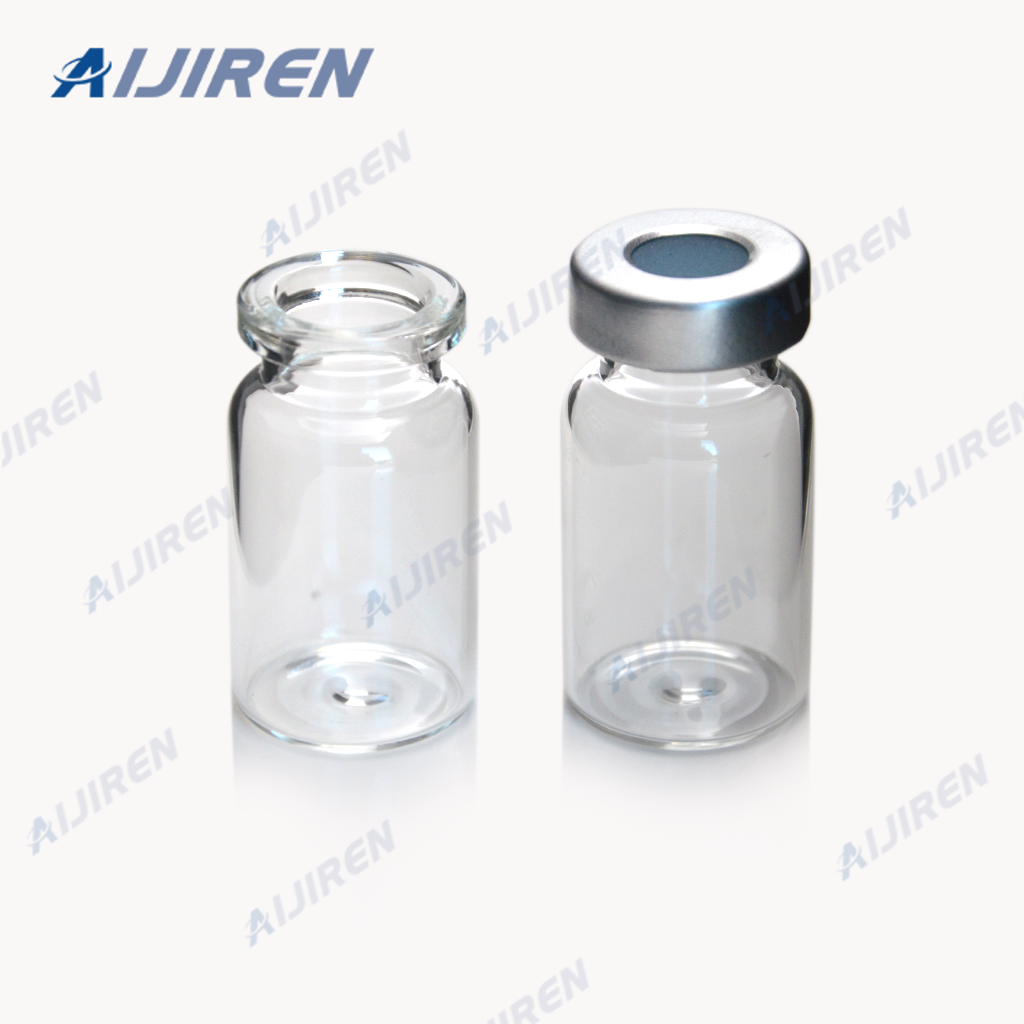
Use Real Time Analysis to set run methods and acquire data. Use PostRun to process data, integrate peaks, and perform quantitation. Real Time Analysis Initialize the instrument Turn on your GC and establish gas flow for the carrier and any detector gases. Refer to the end of this document for the information about the gases to be used for GC
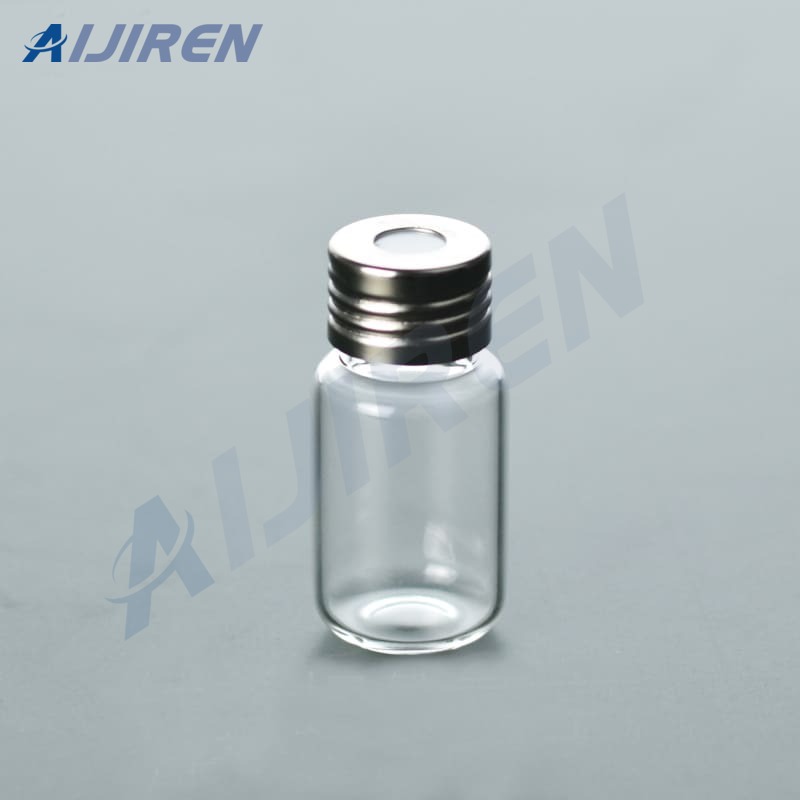
Oct 10, 2018 · Heat the vial above the boiling point of everything in the vial (solvent must boil less than the ndma in this case). Use a heated gas-phase syringe to make your injection. In theory, if you have 22 µg of ndma in a 22 mL headspace vial and you inject 1 mL of gas from the vial, then you'd be injecting 1 µg of ndma into the gc.